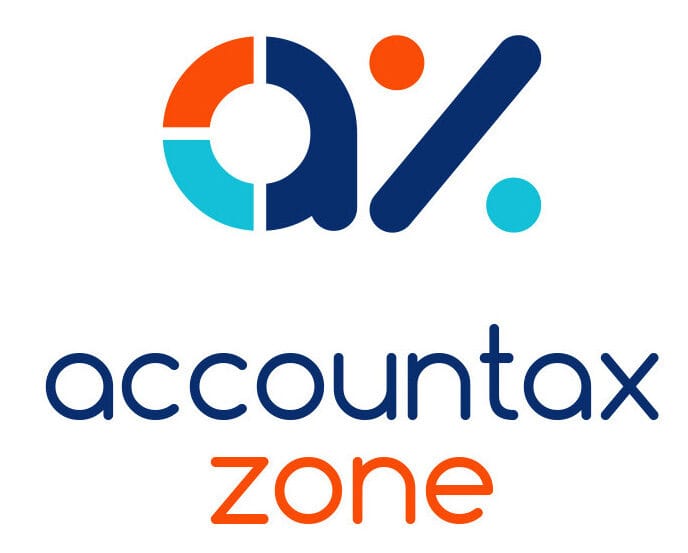Choosing the right VAT scheme can save your business time and money
Many small and medium-sized businesses register for VAT and automatically go on the Standard VAT Accounting scheme, often without realising there are simpler or more cash-friendly options available.
The truth is: not every business needs to account for VAT in the same way.
Depending on your turnover, cashflow, and industry, you might benefit from the Flat Rate, Cash Accounting, or Annual Accounting scheme instead.
Let’s look at how each one works and which might be right for you.
1. Standard VAT Accounting (the default scheme)
Most businesses start here. You record VAT on every sale and every purchase, then pay or reclaim the difference each quarter.
Good for:
- Businesses with steady cashflow and accurate bookkeeping
- Firms already using accounting software like Xero or QuickBooks
Not ideal if:
- Customers pay you slowly, you’ll owe VAT before you’ve received the money
- You want to reduce admin time
2. Flat Rate VAT Scheme
Under the Flat Rate Scheme (FRS), you pay a fixed percentage of your turnover to HMRC instead of tracking every input and output VAT transaction.
How it works
- You still charge customers 20% VAT on sales.
- You then pay HMRC a flat percentage (between 4% and 14.5%) depending on your industry.
- You keep the difference between what you charged and what you pay, but you can’t reclaim VAT on most purchases.
Example
A graphic design firm invoices £10,000 + VAT (£12,000 total).
Its flat rate is 11%.
It pays HMRC 11% of £12,000 = £1,320 instead of working out VAT on every expense.
Good for:
- Service-based businesses with low costs
- Start-ups and small companies wanting simplicity
- Businesses with turnover under £150,000 (excluding VAT)
Watch out for:
- Limited ability to reclaim VAT on purchases
- A 1% discount applies in your first year only
3. Cash Accounting Scheme
With the Cash Accounting Scheme, you only pay VAT when your customers pay you — not when you issue the invoice.
Why it helps
- You avoid paying VAT on unpaid invoices.
- Improves cashflow for businesses with slow-paying clients.
Example
You invoice a customer £5,000 + VAT in January but they pay in March.
Under cash accounting, you only include that sale in your March VAT return.
Good for:
- Businesses where customers often pay late
- Firms with turnover under £1.35 million
Not ideal if:
- You buy a lot upfront, VAT reclaims are delayed until you pay suppliers
4. Annual Accounting Scheme
This scheme lets you file one VAT return per year instead of four.
You make advance payments towards your annual VAT bill and balance it at year-end.
Benefits:
- Less paperwork, only one return
- Easier to plan cashflow with predictable instalments
Limits:
- Turnover must be under £1.35 million
- Refunds and adjustments can take longer
Best for:
Stable, established businesses with predictable sales and reliable records.
5. Which VAT Scheme Should You Choose?
There’s no single “best” scheme, it depends on how your business operates.
| Your Situation | Scheme to Consider | Why It Helps |
| Low expenses, mainly services | Flat Rate | Simple and quick |
| Clients pay late | Cash Accounting | Improves cashflow |
| Steady cashflow, minimal admin | Annual Accounting | One return per year |
| Growing business needing detailed reporting | Standard | Full VAT control |
At AccounTax Zone, we assess your turnover, profit margins, and payment patterns to help you select the most tax-efficient VAT scheme — and handle the registration or switch for you.
Switching VAT Schemes
You can usually change schemes if your turnover and circumstances allow.
For example:
- Move from Standard to Flat Rate to simplify record-keeping
- Move from Cash Accounting to Standard if most clients pay promptly
HMRC must approve the switch, and you’ll need to make certain adjustments during the changeover, something your accountant can manage for you.
Common Mistakes When Choosing VAT Schemes
- Staying on Standard Accounting when Flat Rate would save time
- Joining Flat Rate without checking if input VAT reclaims are important
- Exceeding turnover limits and forgetting to leave the scheme
- Ignoring partial exemption or sector-specific rules
Getting the choice wrong can mean paying too much VAT or creating unnecessary admin.
Professional Advice Makes the Difference
VAT rules are complex, and choosing the wrong scheme can cost more than you save.
Our team at AccounTax Zone helps London-based SMEs review their figures, project the impact of each scheme, and handle every step of registration and HMRC compliance.
Contact us for a free VAT review to find out which scheme is right for you.










